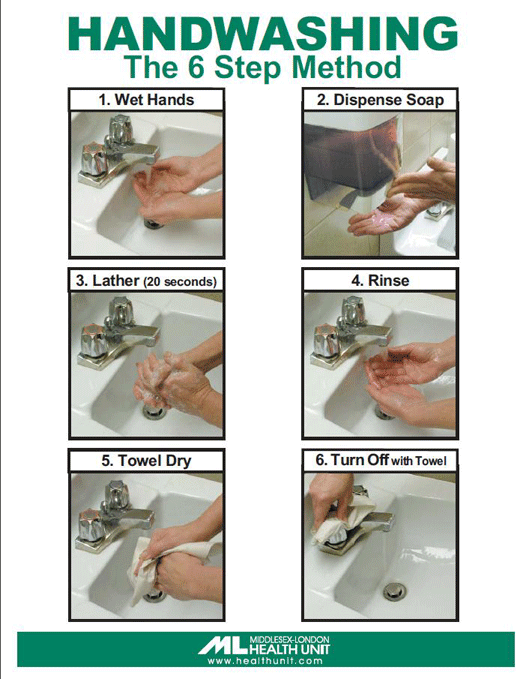Contact Us
For more information, please contact the Infectious Disease Control Team:
- 519-663-5317 Ext. 2330
What is listeriosis? Listeriosis is the name of the infection caused by the bacterium Listeria monocytogenes. These bacteria are found widely in the environment. It is commonly found in soil, decaying vegetation and water. People and animals can be carriers of listeria bacteria and never get sick.
It is common for foods such as raw vegetables, raw milk, cheese and meats to be contaminated by listeria bacteria. Vegetables can become contaminated with soil or manure, livestock that appear healthy can contaminate dairy products and meats produced from them, and the bacteria can be found in food that became contaminated after processing. Swallowing the bacteria likely happens often, though listeriosis infection happens much less often.
Listeria can survive in unfavorable conditions, including low temperatures like those found in a refrigerator. It is easily destroyed by cooking.
Outbreaks of listeriosis have been caused by consuming unpasteurized (raw) milk, soft cheese, vegetables and ready-to-eat meats.
 Listeriosis Fact Sheet (PDF 276KB)
Listeriosis Fact Sheet (PDF 276KB)For more information, please contact the Infectious Disease Control Team:
Those in the high-risk group for developing listeriosis are:
Symptoms of the disease depend on the health of the person.
Symptoms usually develop 3 to 70 days (commonly three weeks) after eating contaminated food.
Death is extremely rare in healthy people, but more common in newborns, the very old or in people with weakened immune systems.
Pregnant woman, the elderly and those with weakened immune systems should seek medical attention if they develop symptoms of listeriosis infection.
A blood test is the most common test to diagnose listeriosis. Testing is only recommended if you are sick with symptoms of listeria, regardless of if you have eaten food that may have been contaminated.
Listeriosis is treated with antibiotics. Prompt treatment of pregnant women with symptoms of listeriosis can prevent infection in the baby. Antibiotic treatment is not recommended if you do not have symptoms.
Recommended safe food handling practices to prevent illness from food:
Cook meat, fish, poultry and eggs thoroughly.
Use a probe thermometer to check that food is cooked well enough to kill bacteria. Food should be cooked to reach an internal temperature of:
Keep foods out of the “Danger Zone” (between 4°C/40°F and 60°C/140°F). Keep refrigerators at 4°C /40°F or colder, and refrigerate food promptly.
Wash fruits and vegetables well before cooking and/or eating.
Keep uncooked meats separate from vegetables, cooked foods and ready-to-eat foods. Use separate utensils for raw and cooked foods.
Wash all food preparation surfaces that have come in contact with raw meat and then sanitize with a mild bleach-water solution. Use a solution of 1 ml (¼ teaspoon) of unscented household bleach to 500 ml (2 cups) of water.
Wash your hands with soap and water before preparing food and after touching raw foods.
 The 6 Step Method of Handwashing (PDF 96KB)
The 6 Step Method of Handwashing (PDF 96KB)Eat perishable and ready-to-eat foods as soon as possible after purchasing. Follow “Best Before” dates, especially on packaged foods with a long shelf life.
Drink only pasteurized milk and foods made from pasteurized milk.
Food that is contaminated with listeria bacteria does not look or smell bad.